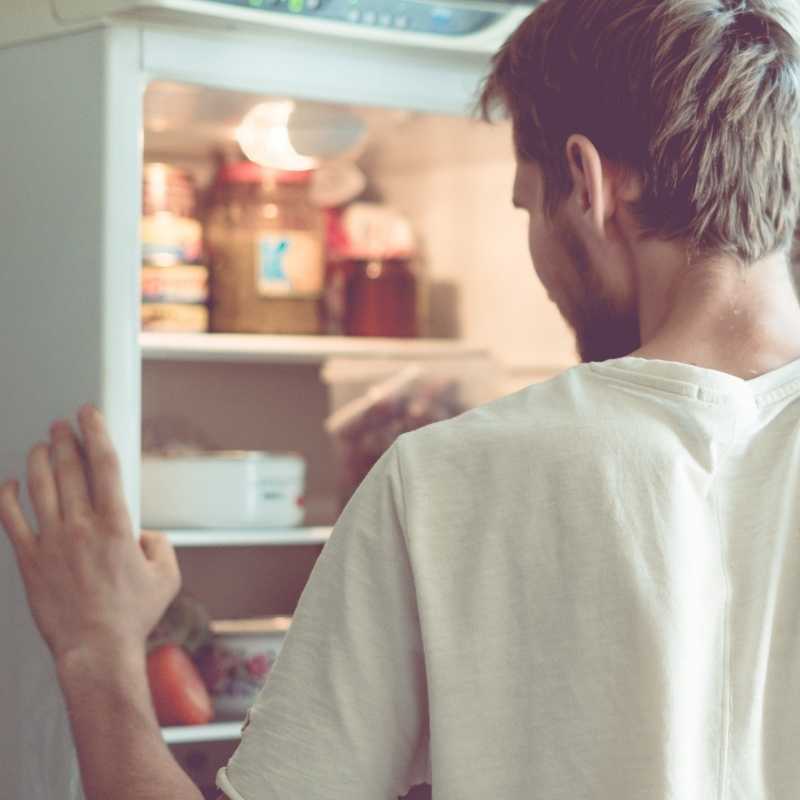Your refrigerator can cost you some cold, hard cash.
Depending on the model, style, and year that it was manufactured, a refrigerator can cost you up to $200 a year in energy costs. Newer, more energy-efficient models will run you considerably less, but even they can still take a $35 bite out of your annual electric bill.
Don’t let fridge expenses get you hot around the collar. Here are 7 ways to lower the cost:
1. Maintain a tight seal. If the refrigerator door does not shut tightly, energy can escape. To test whether you’re losing dollars, you'll need some money...specifically a dollar bill. Put the bill halfway in the door. If you can pull it out easily, you may need to adjust the latch or replace the seal.
2. Don’t go “shopping" in the fridge. We’ve all done it: Where is that mayo anyway? But each minute the door remains open, energy can escape and so can your savings. Know what you're looking for and grab it quickly.
3. Keep a place for everything, and everything in its place. This relates to the previous advice. If you put items roughly in the same location after each shopping trip, you won’t need to browse. This will also save you time, which can be as valuable a commodity as money.
4. Avoid the sun. Your refrigerator should be located in as cool a spot as possible, far from sunny windows. Remember: Warmth makes the refrigerator work harder. The same principle applies to the stove, so keep the two appliances as far apart as possible.
5. Wrap it up. Make sure all food and liquids in the refrigerator are covered. Exposed items in the refrigerator force the compressor to work harder.
6. Clean those coils. The coils under your refrigerator play an important role by removing warmth from the appliance. They don’t work as effectively if they are dirty. Brush and vacuum the coils at least twice a year, more often if you have pets, since their fur can get trapped there.
7. Maintain the correct temperature. A refrigerator temperature of 37 degrees Fahrenheit and a freezer temperature of 0 degrees Fahrenheit will keep your food from spoiling. Anything colder is not necessary and can add to your energy bill. A quick trick to test yours: place a thermometer in a glass of water, keep the refrigerator closed for at least eight hours, then check the temperature. For the freezer, place a thermometer between two frozen foods; check the temperature after eight hours without opening the door.
Taking these simple steps can help you keep your cool when your energy bill arrives.
If you're looking for more ways to trim energy costs this year, look into the 0% APR Mass Save HEAT Loan program. Improvements that qualify include heating system replacement; domestic hot water and solar hot water heaters; central air conditioning and heat pumps; and insulation and replacement windows. Learn more about how you can save through this program.
Others are reading:




.jpg)









Comment